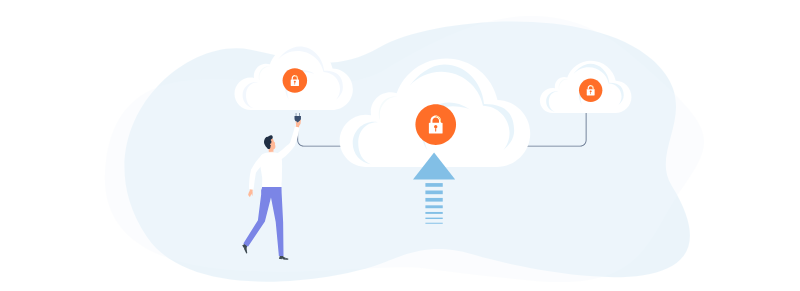The June 12th 2025 Major Cloud Outages
On June 12th 2025, a convergence of high-impact outages exposed the inherent risks of over-relying on individual cloud platforms:
- Cloudflare suffered a 2 hour 28 minute disruption to its Workers KV storage service which is a foundational component of its serverless infrastructure. The root cause was traced back to a third-party cloud provider failure, severely impacting their customers who depend on KV for low-latency, globally distributed data access.
Cloudflare Outage Report → - On the very same day, Google Cloud experienced global disruption across its API management plane, this resulted in widespread 503 errors for dozens of services including their Compute Engine, Cloud Functions, Cloud SQL and more. Critical workloads saw either service degradation or a complete failure during this extended incident.
Google Cloud Status Report →
These two incidents, occurring on the same day but on completely different platforms provide a sobering lesson: no cloud provider is immune and that all businesses must prepare for the unexpected within their cloud strategies.

What can we learn from this?
1. Single-Cloud strategies are a risky bet
The traditional thinking of choosing a “preferred” cloud increases exposure to platform-specific failures. Outages like those outlined above show that even the most mature platforms can experience critical faults. Multi-cloud architectures reduce this dependency and provide a way to limit the blast radius of any single provider’s failure.
2. Redundancy isn’t optional
Businesses running critical services need robust failover and replication strategies.
These can include:
- Cross-region and cross-cloud data replication.
- Implementing active-active and/or active-passive deployments.
- Setting graceful degradation modes when non-essential services fail.
Infrastructure should be designed so even when upstream components go dark, core services stay online, or at the very least degrade in a planned and predictable manor.
3. Monitoring and automation are your front line
It’s not enough to detect a failure, response time matters. Enterprises need:
- Real-time monitoring of all third-party service dependencies.
- Automated policies that trigger failover or scale-out procedures without human intervention.
- Clear observability dashboards that allow engineering teams to see what’s failing, where, and why in an instant.
Prepare for Outages Before They Happen
The events of June 12th should prompt a reassessment of how resilient your own infrastructure truly is. Modern architecture should assume failure is inevitable and design systems to absorb, adapt, and recover gracefully.
Whether you’re in finance, eCommerce, healthcare, or any sector where uptime is critical, building with resilience at scale is no longer optional – it’s a competitive advantage.
If you’re exploring multi-cloud adoption or need support rearchitecting legacy infrastructure, read our latest piece on regulated multi-cloud migration for moving banking Infrastructure into the cloud.
Author: Gavin Kimpton
A founder and CEO/CFO of Pipe Ten, Gavin has been a leader in the digital sector for over 30 years, specialising in web application hosting, domain registration, and international site launches. He has navigated evolving internet governance, from new top-level domains to security and compliance. Under his leadership, Pipe Ten became a Nominet-accredited channel partner, reflecting his deep expertise in the digital ecosystem.
